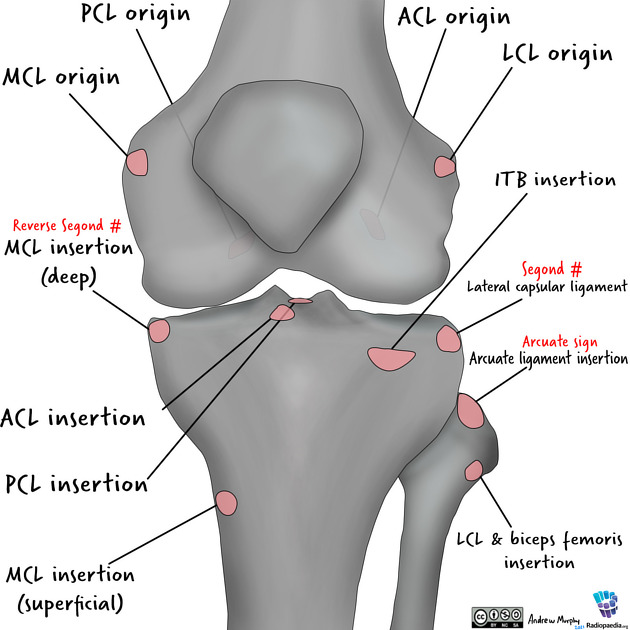anterior cruciate ligament avulsion fracture

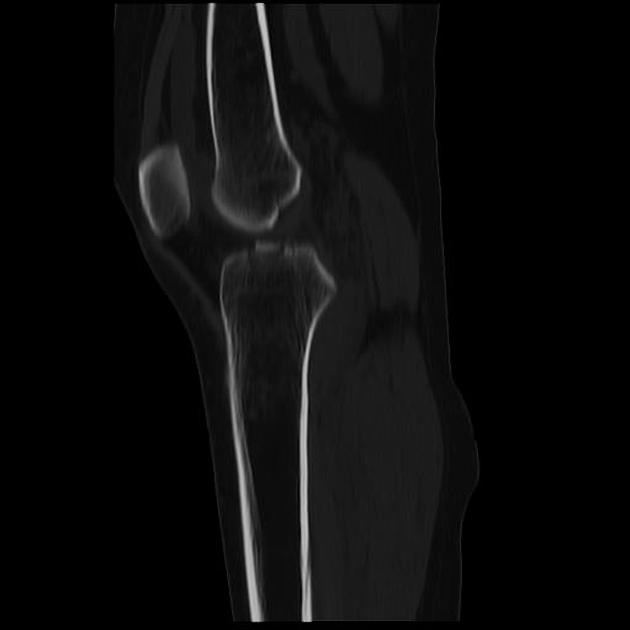
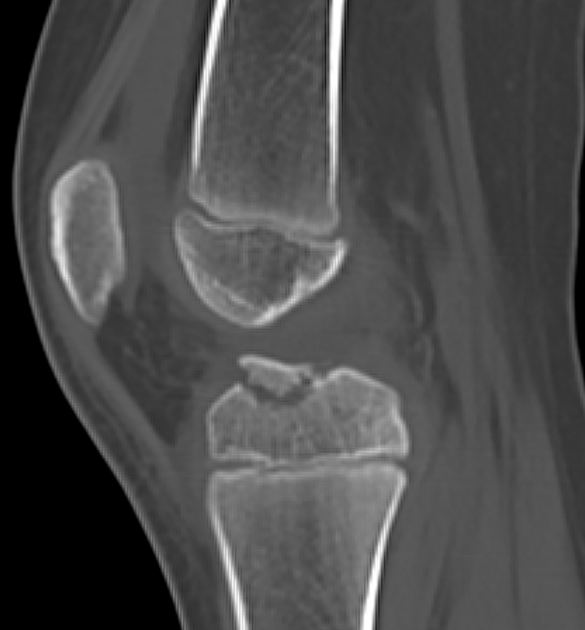
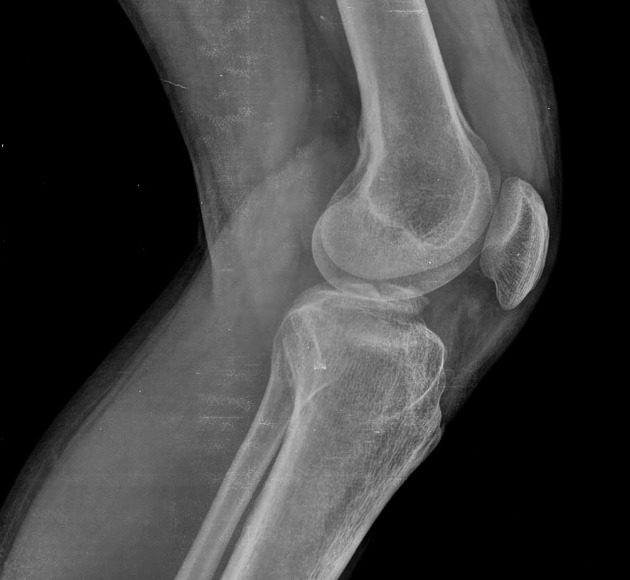



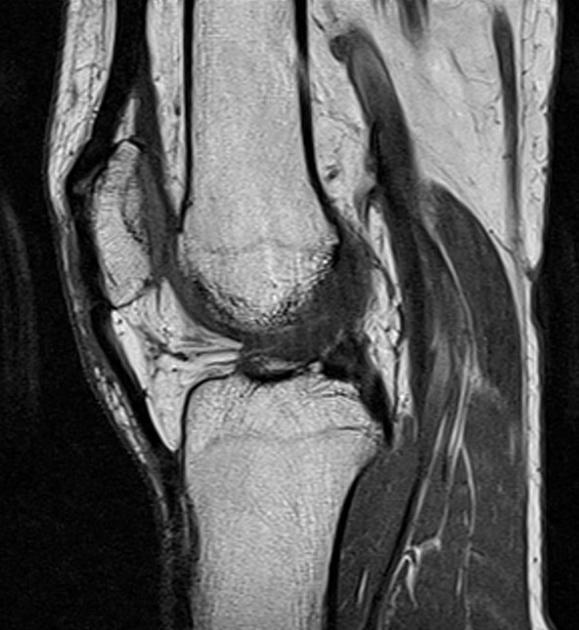

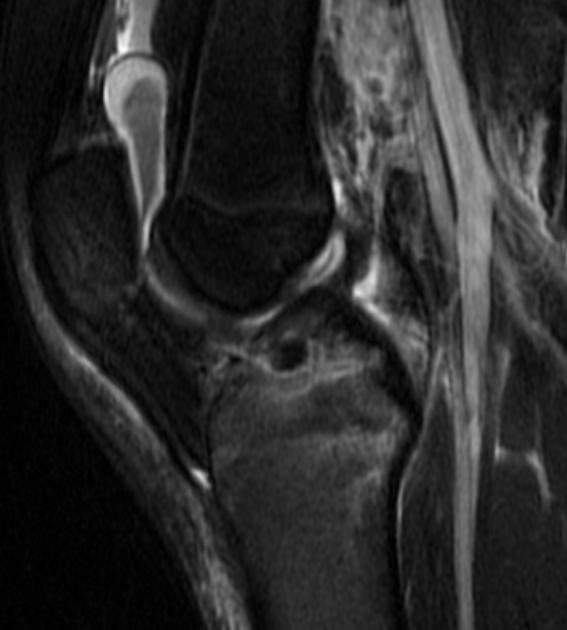



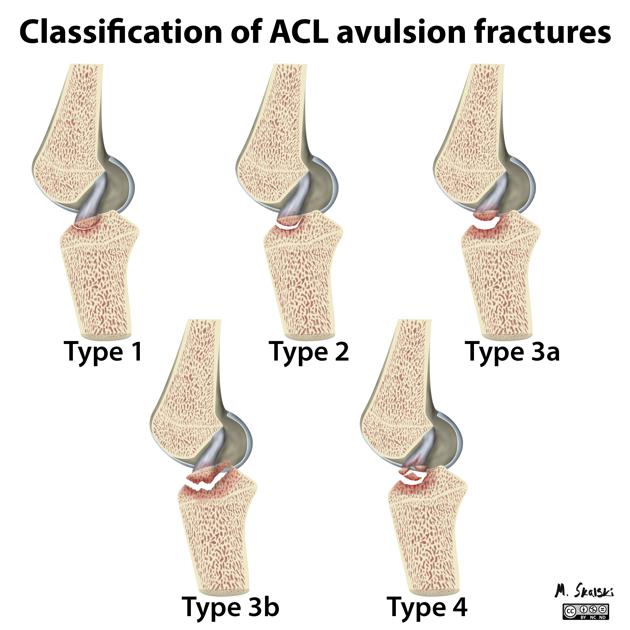






Anterior cruciate ligament (ACL) avulsion fracture or tibial eminence avulsion fracture is a type of avulsion fracture of the knee. This typically involves separation of the tibial attachment of the ACL to variable degrees. Separation at the femoral attachment is rare .
Epidemiology
It is more common in children than adults. It has been hypothesized that this may be due to the relative weakness of incompletely ossified bone relative to ligamentous fibers , or relatively increased elasticity of ligament in children .
Pathology
Mechanism
They are usually caused by forceful hyperextension of the knee or by a direct blow over distal end of femur with the knee flexed.
Meyers and McKeevers classification
A classification initially proposed by Meyers and McKeevers in 1959, later modified by Zaricznyj in 1977 , is the most common system for describing ACL avulsion fracture.
Under the Meyers and McKeever system, injuries are classified into four main types:
- type 1: minimally/nondisplaced fragment
- type 2: anterior elevation of the fragment
- type 3: complete separation of the fragment
- type 3a: involves small portion of eminence
- type 3b: involves the majority of the eminence
- type 4: comminuted avulsion or rotation of the fracture fragment
Radiographic features
Plain radiograph
Depending on the type, a tibial avulsion is typically seen as a fracture fragment in variable orientation involving the tibial eminence. There may be anterior translation of the femur on the tibia on the lateral view.
Siehe auch:
- knöcherner Kreuzbandausriss
- Avulsionsfrakturen am Knie
- proximale Tibiafrakturen
- Eminentia intercondylaris tibiae
- Tibiaplateaufraktur
- Meyers McKeever Klassifikation
und weiter:

 Assoziationen und Differentialdiagnosen zu vorderer Kreuzbandausriss:
Assoziationen und Differentialdiagnosen zu vorderer Kreuzbandausriss:

